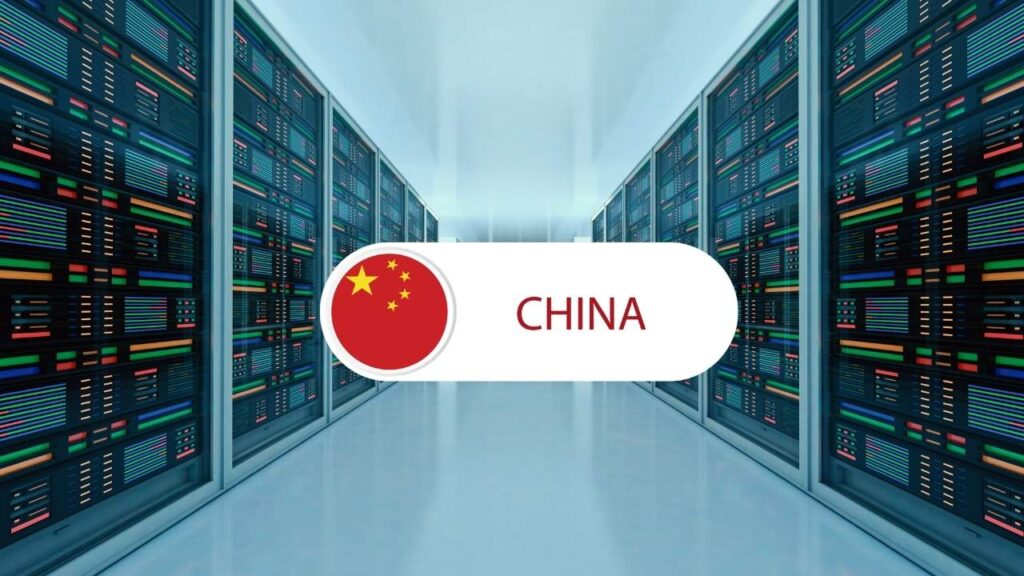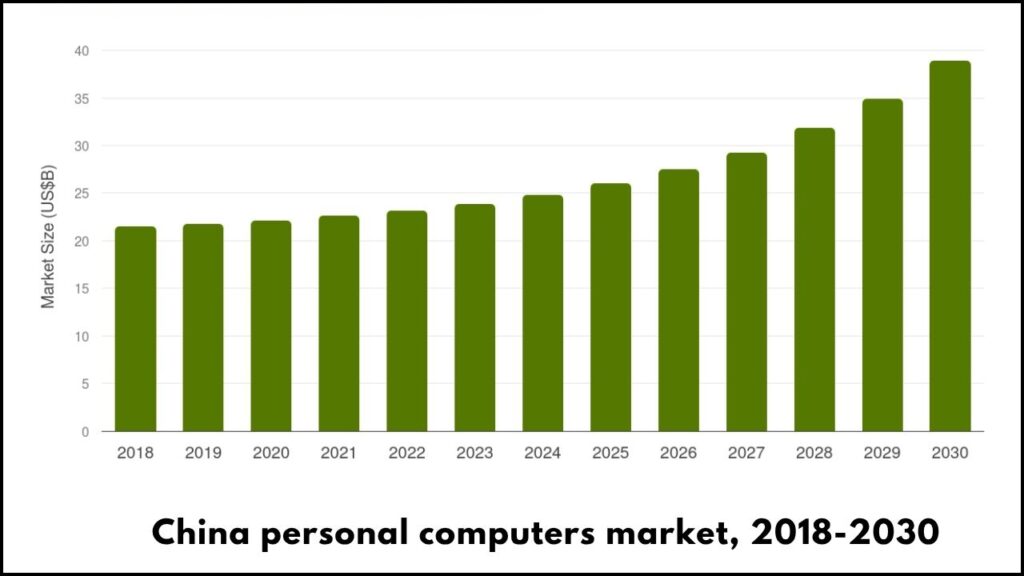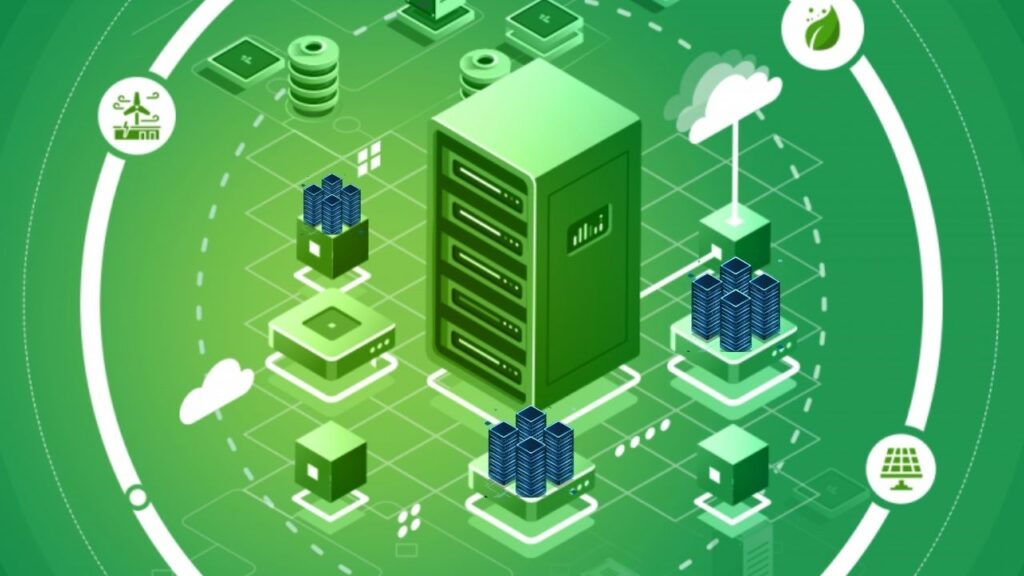Imagine a digital water faucet: when you need extra power for your computer, you just turn it on, no matter where you are or what you’re working on. That’s the big idea behind China’s national computing power network—an ambitious, government-backed project to connect thousands of data centers so that anyone can “rent” unused computing power, anytime, anywhere.
Computing power is the engine behind everything from your phone’s social media apps to advanced AI systems. The more computing power a country has, the faster and smarter its tech economy can grow. But after a three-year construction boom, China now has more data centers than it can fully use. These are enormous buildings packed with computers—many built by local governments that hoped to cash in on the AI and cloud computing boom, but now struggle with empty servers and high maintenance costs.

To fix this, China’s Ministry of Industry and Information Technology (MIIT) is working with the country’s biggest telecom companies to build a national, state-run cloud platform. The goal: pool all this extra computing power into one network, sell it to schools, businesses, and even foreign companies, and make computing cheaper, greener, and easier to access for everyone—from a rural school in Gansu to a tech giant in Silicon Valley.
But what does this mean for you? If you’re a student, researcher, entrepreneur, or just curious about the future of technology, this story is worth following. Let’s take a deep dive into how this plan works, why it matters, and what it could mean for the world.
Table of Contents
China’s Plan to Sell Surplus Computing Power Could Shake Up Global Tech
| Aspect | Details |
|---|---|
| Goal | Build a national network to sell surplus computing power, connecting underused data centers into a unified cloud platform. |
| Timeline | By end of 2025: National computing power infrastructure system takes shape. By 2026: Standards and rules for system interconnection. By 2028: Full national interconnection of public computing resources. |
| Scale | 197 exaflops (EFLOPS) in 2023, 280 EFLOPS in 2024, targeting 300 EFLOPS by end of 2025 (1 EFLOPS = 1 quintillion calculations per second). Over 8 million data center racks in operation. By 2025, AI computing will be more than 35% of total power. |
| Growth | Over 30% increase in aggregate computing power targeted from 2023–2025. China is globally second only to the United States in total computing power. |
| New Capacity | Over 60% of new computing power will be added in national hub nodes. Over 80% of new data centers use green electricity. |
| Cost & Access | Computing power will become easier and cheaper to use for all types of users, from startups to global corporations. |
| Professional Impact | New jobs in cloud orchestration, data center management, green tech, and cybersecurity. Potential for cheaper, more accessible AI and cloud services. |
| Challenges | Mix of hardware (Nvidia, Huawei, etc.), latency from remote data centers, financial strain on underused facilities, and doubts about seamless integration. |
| Global Implications | Could flood global markets with affordable, state-backed computing, disrupting cloud economics and raising data security concerns abroad. |
China’s plan to build a national computing power network is one of the most ambitious digital infrastructure projects in the world. By turning its data center “glut” into a strategic asset, China hopes to make computing cheaper, greener, and more accessible for its own citizens—and potentially for the world.

But big challenges remain. Mixing different hardware, ensuring fast connections, and keeping data secure are all major hurdles. And while the plan could shake up global tech markets, it also raises new questions about software independence, data sovereignty, and the future of AI competition.
For professionals, this means watching closely: new careers, cheaper resources, and a shifting global tech landscape are all on the horizon. For everyone else, it’s a reminder that the “computing power” behind your phone, games, and apps is about to get a lot more interesting—and a lot more connected.
What Is Computing Power, and Why Is It So Important?
Computing power is a bit like brainpower for computers. It’s the ability to process information, run apps, analyze data, and power everything from video calls to artificial intelligence. The more computing power you have, the faster and more complex tasks your devices can handle. For countries, computing power is now seen as the “new electricity”—a basic resource driving the digital economy.
China’s challenge is that after years of rapid construction, it has hundreds of thousands of computer servers sitting idle in data centers across the country. Some facilities are running at only 70–80% capacity; others are even emptier. This is like having a huge fleet of buses, but most seats are empty. It’s expensive, wasteful, and slows down progress in AI and other cutting-edge fields.
China’s solution is to create a “cloud brain”—a national network that lets anyone “rent” extra computing power, just like you’d reserve a seat on a bus. This could help schools, hospitals, startups, and big companies access the computing resources they need, without the huge cost of building their own data centers.
How Will the National Computing Power Network Work?
Step 1: Take Stock of the Surplus
First, the government and telecom companies are surveying every data center in the country to find out exactly how much computing power is going unused. This is like counting every spare seat on every bus, train, and plane in the nation.
Step 2: Build a Central Cloud Platform
Next, they’re building a central, state-run cloud platform—a digital “super dispatcher” that will decide where to send computing jobs based on demand, cost, and location. This system will be managed by the Ministry of Industry and Information Technology, with help from China’s three main telecom companies.
Step 3: Connect Everything (The Hard Part)
The plan is to link all these data centers so they can work together as one giant network. But here’s the tricky part: China’s data centers use different kinds of hardware—Nvidia GPUs, Huawei Ascend chips, and others—so getting them to “speak the same language” is a major technical challenge. By 2026, China wants to have clear standards, rules, and identification systems for connecting all these different systems. By 2028, the goal is seamless, nationwide interconnection so users anywhere can tap into this pool of computing power in real time—just like plugging into the electrical grid.
Step 4: Sell the Extra Power
Once everything is connected, anyone—schools, hospitals, startups, global tech firms—will be able to buy computing power on demand. A school in rural China could suddenly run advanced AI experiments. A startup in Beijing could launch a new app without buying expensive servers. A company in the US or Europe could, in theory, rent cheap computing power from China—potentially shaking up the global cloud market.
Step 5: Go Green
China is also pushing for green data centers, with over 80% of new facilities powered by renewable energy like wind and solar. This makes the network not just powerful, but also more sustainable.

Examples of What This Could Mean in Real Life
Let’s bring this to life with some practical examples:
- A small AI startup in Shanghai needs extra processing power for a new project. Instead of buying expensive hardware, they rent computing time from a data center in Inner Mongolia—where land and electricity are cheaper.
- A rural school in Gansu province wants to teach coding and AI. They connect to the national cloud, and suddenly their students can run experiments on supercomputers hundreds of miles away.
- A global tech company wants a cheaper place to run massive calculations. If China’s surplus computing is exported, that company could “buy” Chinese cloud time, potentially upending traditional cloud markets.
What Professionals Need to Know
For tech professionals, business leaders, and policymakers, here’s what this plan could mean:
- New Careers: Jobs in cloud management, network integration, green data center design, and cybersecurity will boom as this network grows.
- Cheaper AI: For startups and researchers, access to affordable, powerful computing could accelerate breakthroughs in AI, medicine, and climate science.
- Global Competition: If China succeeds, it could become a major exporter of cloud services, challenging US tech giants like AWS and Microsoft Azure.
- Risks: Mixing hardware, data security, and the political risks of relying on foreign computing power are real concerns—both for China and the world.
Quantum Computing Reaches New Heights: Transmon Qubit Coherence Shatters the Millisecond Barrier
FAQs About China’s Plan to Sell Surplus Computing Power Could Shake Up Global Tech
Q: What is “surplus computing power”?
A: It’s the extra processing, storage, and networking capacity in data centers that isn’t being used—like empty seats on a bus. In China, rapid construction has left many data centers underused.
Q: Why is China doing this?
A: To make better use of resources, boost its tech industry, and improve its position in the global AI race. Surplus capacity is expensive to maintain, so selling it makes financial and strategic sense.
Q: Will this make computing cheaper?
A: In theory, yes. A national network could drive down costs by pooling resources and increasing competition. By 2025, the government expects computing power to be “easier and cheaper to use.”
Q: What are the biggest challenges?
A: Connecting different kinds of hardware, reducing delays (latency) from remote data centers, ensuring data security, and making sure the system is profitable for operators.
Q: Could this affect other countries?
A: Yes. If China exports surplus computing, it could disrupt global cloud markets and raise questions about data privacy and tech independence in other nations.
Q: Is this just for big companies?
A: No. The plan is designed to help everyone—from students and small businesses to global tech firms—access affordable computing power.
The Big Picture: Pros, Cons, and What’s Next
Pros:
- Cheaper, easier access to computing power for businesses, researchers, and schools.
- New jobs in tech, green energy, and cybersecurity.
- Potential to accelerate AI and scientific breakthroughs by mobilizing idle resources.
- Could make China a major player in the global cloud and AI markets.
Cons:
- Technical hurdles—getting different hardware and software systems to work together seamlessly is a huge challenge.
- Data security and privacy risks—both for China and for foreign users.
- Geopolitical tensions—other countries may not want to rely on Chinese computing power for sensitive tasks.
- Financial viability—many data centers are already struggling to turn a profit; it’s not yet clear if this plan can save them.



















